As one of the most iconic yet mysterious wonders of world, Egypt’s Pyramids of Giza are an incredible sight to behold. But how much do you really know about this world-famous site? Take a read of these top ten interesting facts – some you might already know, some you might not – though in reality these only scratch the surface!
The Giza Pyramids, built to endure an eternity, have done just that. The monumental tombs are relics of Egypt’s Old Kingdom era and were constructed some 4,500 years ago.
Egypt’s pharaohs expected to become gods in the afterlife. To prepare for the next world they erected temples to the gods and massive pyramid tombs for themselves—filled with all the things each ruler would need to guide and sustain himself in the next world.
Pharaoh Khufu began the first Giza pyramid project, circa 2550 B.C. His Great Pyramid is the largest in Giza and towers some 481 feet (147 meters) above the plateau. Its estimated 2.3 million stone blocks each weigh an average of 2.5 to 15 tons.
Khufu’s son, Pharaoh Khafre, built the second pyramid at Giza, circa 2520 B.C. His necropolis also included the Sphinx, a mysterious limestone monument with the body of a lion and a pharaoh’s head. The Sphinx may stand sentinel for the pharaoh’s entire tomb complex.
The third of the Giza Pyramids is considerably smaller than the first two. Built by Pharaoh Menkaure circa 2490 B.C., it featured a much more complex mortuary temple.
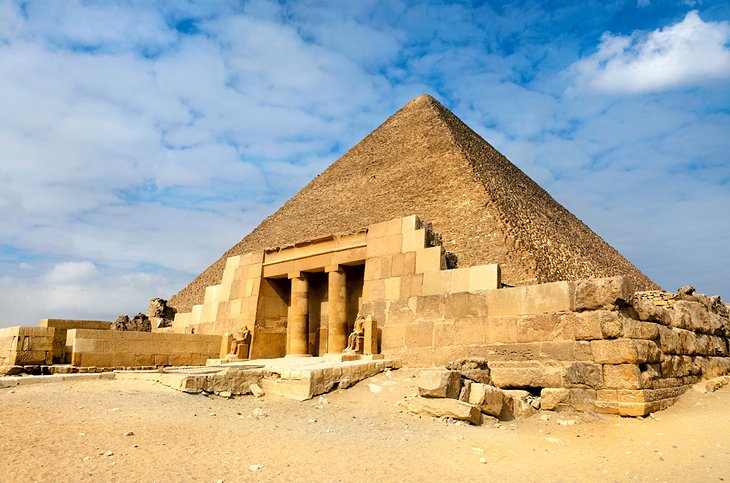
Each massive pyramid is but one part of a larger complex, including a palace, temples, solar boat pits, and other features.
Building Boom
The ancient engineering feats at Giza were so impressive that even today scientists can’t be sure how the pyramids were built. Yet they have learned much about the people who built them and the political power necessary to make it happen.
The builders were skilled, well-fed Egyptian workers who lived in a nearby temporary city. Archaeological digs on the fascinating site have revealed a highly organized community, rich with resources, that must have been backed by strong central authority.
It’s likely that communities across Egypt contributed workers, as well as food and other essentials, for what became in some ways a national project to display the wealth and control of the ancient pharaohs.
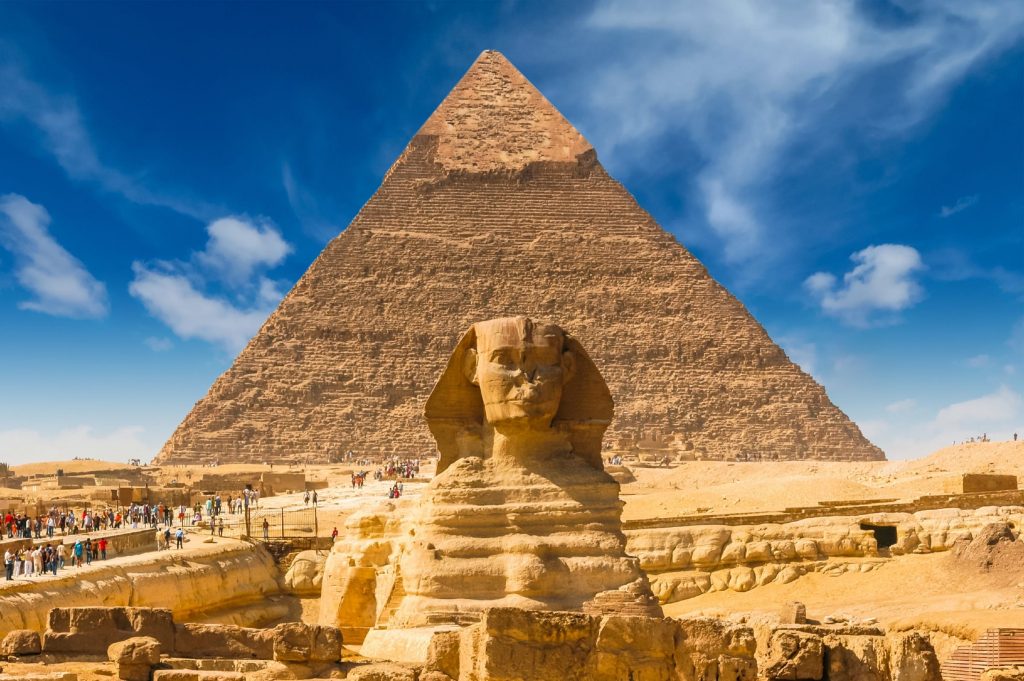
10 interesting facts about the Pyramids of Giza
1. While the three pyramids of the Giza plateau – known as Cheops (The Great Pyramid), Chephren and Mycerinus are the most famous in Egypt, more than 130 other pyramids have been discovered scattered around the area of Ancient Egypt.
2. The Pyramids of Giza are the oldest and sole remaining intact wonder of the Seven Wonders of the Ancient World. This list also once included the Lighthouse of Alexandria, Colossus of Rhodes and Statue of Zeus at Olympia – which no longer exist today, plus the scattered remains of the Temple of Artemis in Turkey.
3. The Great Pyramid is thought to be constructed of over two million stone blocks that range from two to over fifty tons, though it remains a mystery as to how they were transported. Historians estimate that over 100,000 people were involved in the construction of the Pyramids of Giza, and that they may not have been slaves as once thought but rather paid workers.
4. All pyramids in Egypt, including those built on the Giza plateau, are situated on the west bank of the River Nile because that is where the sun sets every evening, symbolising the realm of the dead.
5. The Pyramids of Giza were once covered in a white casing made of glimmering limestone which was so polished that it would reflect the sun’s rays. Unfortunately overtime the casings have slowly disappeared after becoming loosened by earthquakes and crumbling to rubble or being cut loose and taken to build other structures.
6. Despite the scorching heat that can often be felt in Egypt, the temperature inside the pyramids remains a constant 20 C – the average temperature on earth.
7. Although Egypt and the pyramids are synonymous with hieroglyphics, surprisingly no writing or hieroglyphics of any kind have been found within the Great Pyramid of Giza.
8. Inside the main chamber of the Great Pyramid lies a granite coffer, which all seems perfectly normal until you realise it is made out of one solid piece of granite that is far too large to have fit down the passageway you just squeezed through. This realisation has led historians and archaeological to believe that the Great Pyramid was built around the coffer rather than it being brought inside.
9. A perfect example of how the Egyptians were ahead of their time is in the construction of the cornerstones of the pyramid’s foundations. These were discovered to have been built in a ball and socket construction in case of earthquakes or heat expansion.
10. The Great Pyramid is reported to have once had a swivel door, which though weighing up to 20 tons could be easily pushed open from the inside but was too flush to detect from the exterior.



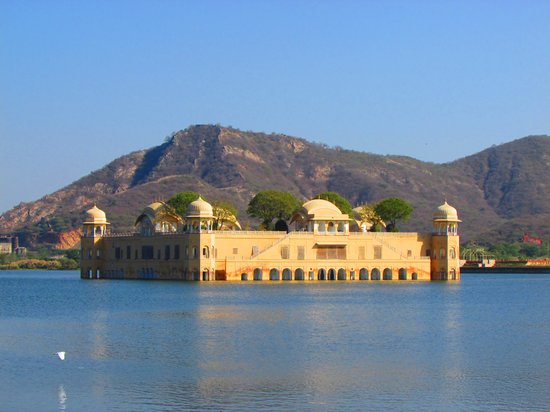
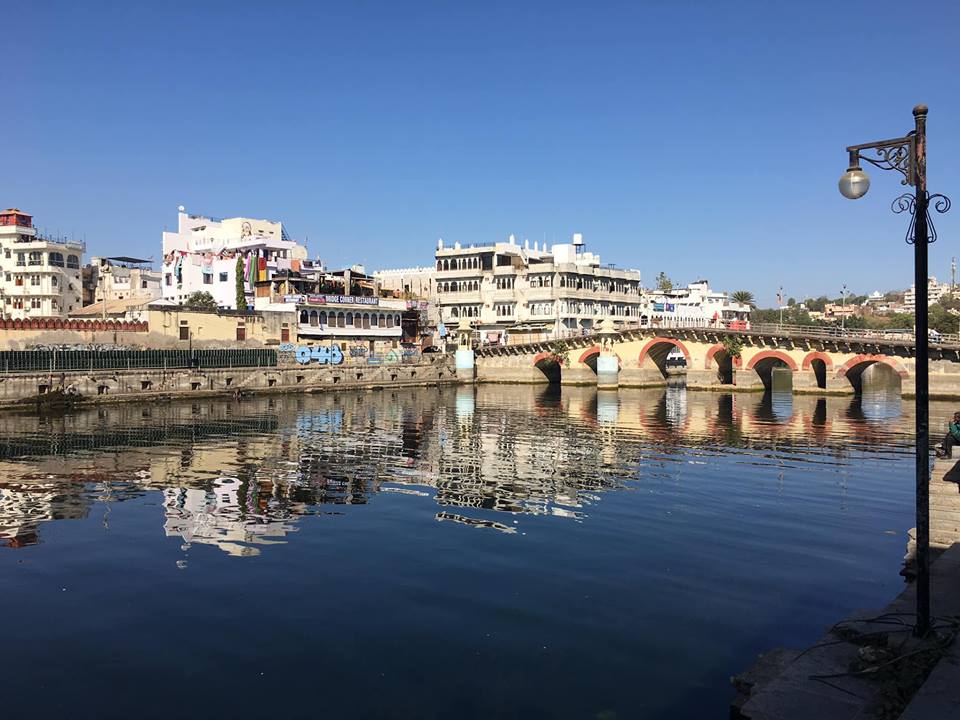
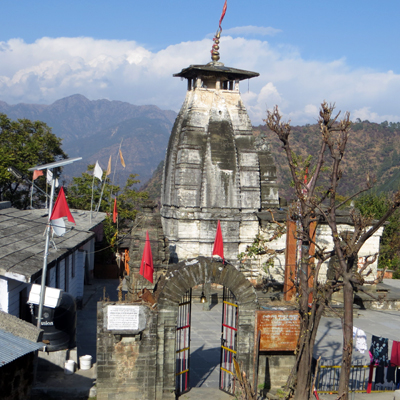

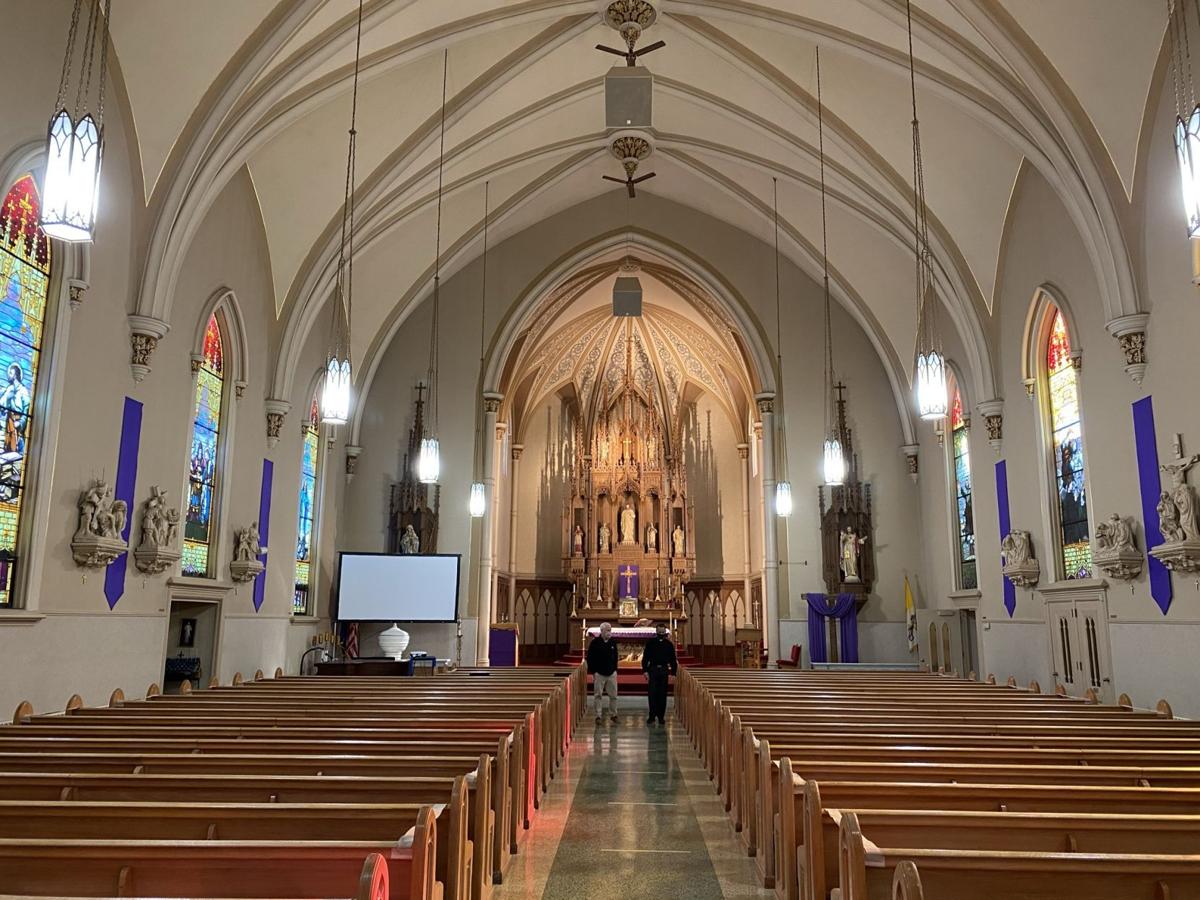

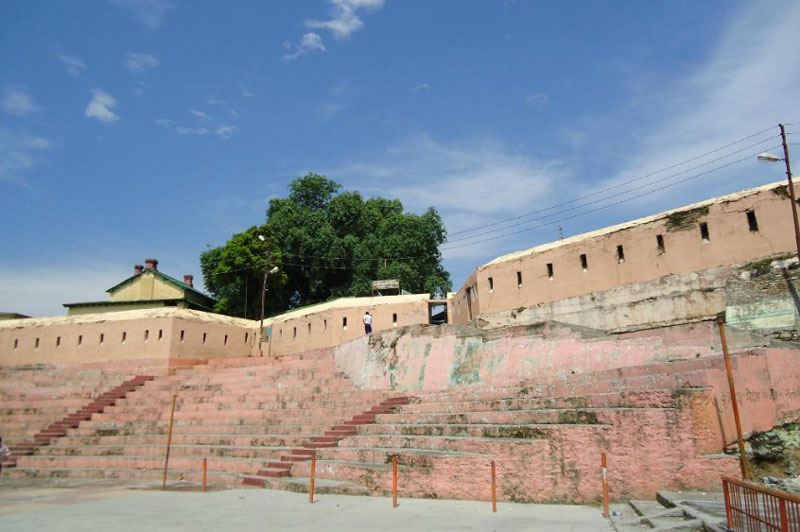


10 Comments
Comments are closed.